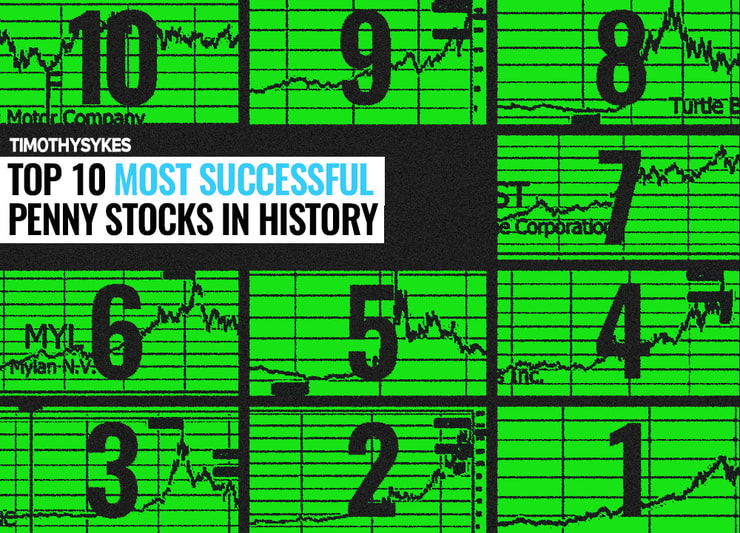It’s back …
This is one of the largest market catalysts at play right now.
NVIDIA Corporation (NASDAQ: NVDA) reports earnings after the bell on Wednesday, August 27.
And smart traders are already circling this setup like a shark.
Let’s get one thing clear: This earnings report has the potential to move the entire market.
That includes the small-cap AI stocks that my students and I target for gains that can easily rival full-year hedge-fund returns.
For example, last week a tiny AI stock spiked 160%* after the company announced that it launched a new AI platform.
We just need to take the meat of the move from a spike like that.
NVDA’s earnings announcement on Wednesday is a catalyst that could send the entire AI sector into overdrive.
Wall Street expects a 53% revenue surge and 48% EPS jump.
For some context: Even at these insane growth projections, NVDA’s beaten Wall Street’s expectations 10 quarters in a row, often by wide margins.
And even better: It’s possible that recent pullbacks mean we’re headed into this with less speculative hype and more room to run.
Here’s the equation that I see …
NVDA’s dominance in AI-driven data center chips + Its positioning alongside massive cloud players like AMZN, MSFT, and GOOGL (all of whom ramped up AI spending at record levels) = A blowout report that could ignite a full-blown sympathy run across the entire sector.
Add in the fact that NVDA is still considered a “Strong Buy” by many analysts, and this is a textbook setup for bullish volatility in our small-cap market.
I’ll break down the recent NVDA/AI trades that follow my repeatable patterns …
And I’ll show you how to prepare for what could be the best catalyst of the year!
This is your moment — Don’t sleep on it.
NVDA Earnings Trade Setups

2025 Millionaire Media, LLCIt’s very important that you understand my thought process around this catalyst.
More Breaking News
- KeyCorp: Navigating Market Waves
- Enphase Energy: New Australian Battery Launch Boosts Shares 0.9%
- Warner Bros. Discovery’s Strategic Moves Spark Optimism
- ACM Research Shares Jump Amid Revenue Guidance and Strong Market Performance
My millionaire students and I … We don’t trade shares of NVDA.
Instead, we focus on cheap stocks that spike to insane heights alongside the larger AI momentum.
Here’s why:
NVDA can’t spike as high intraday because it’s such a large stock. Plus, the shares are more expensive, which makes it difficult to build large positions.
The 160%* AI spike last week came from Gaxos.ai Inc. (NASDAQ: GXAI). It ran for multiple days after the news was released on Tuesday, August 19.
And the price never spiked above $3 per share.
How many shares could you buy at a $3 price level?
Look at the GXAI spike on the chart below from last week. Every candle represents one trading minute:

I have more examples of small-cap AI momentum in this report.
There are new +100% stock spikes every week in our small-cap sector
And with the NVDA earnings report already building momentum … I expect to see some crazy small-cap AI moves this week.
Make sure that you’re prepared!
Watch my video below for a detailed breakdown of the next AI trade opportunity:
Cheers
*Past performance does not indicate future results









Leave a reply